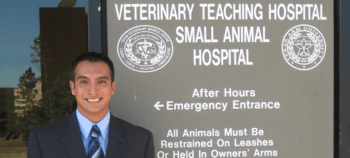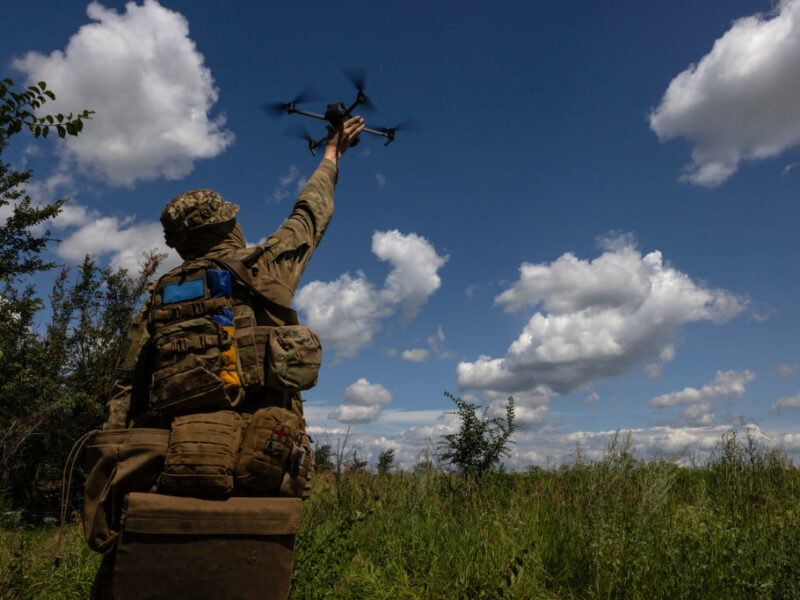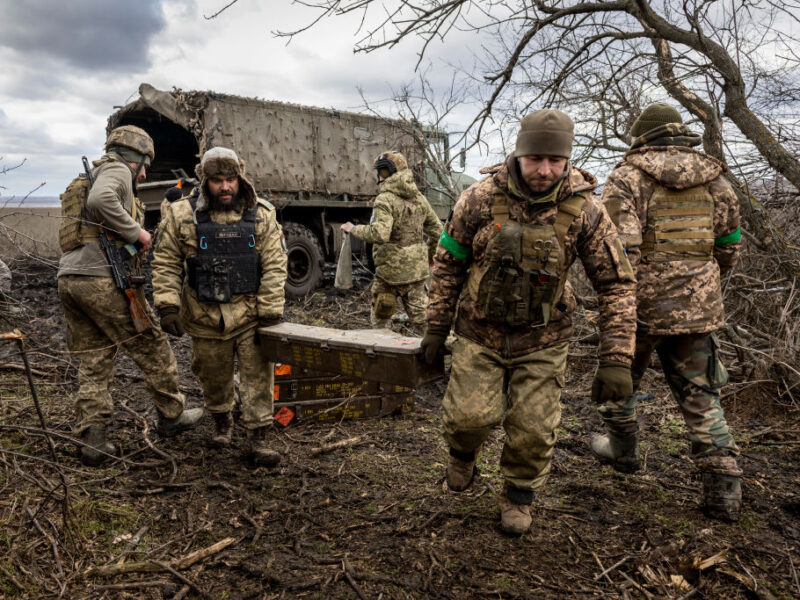Aggie Vet Grad To Treat Army Dogs In New York

Don’t look for new U.S. Army officer and soon-to-be Texas A&M University graduate David Marquez to bark out many orders right away — even though he’ll be in very good company to do so.
Within a few weeks of receiving his Aggie diploma, Marquez will be stationed at Fort Drum, N.Y. and become one of a small group of just-graduated veterinarians to enter military service. His primary job will be to care for military service dogs, and there are plenty of them.
There are about 3,000 military canines used in various service branches around the globe, and they work doggone hard, you might say, as patrol dogs, bomb-sniffing dogs, drug-sniffing dogs, cadaver dogs, and in many other areas.
In addition, there is plenty of other work for an Army veterinarian, such as caring and treating horses used during military ceremonies, and treating other animals used in service work.
Add it all up, and Marquez will be a busy guy — and one eagerly awaiting the challenge.
“I can’t wait to start,” the San Antonio native says.
“I have wanted to be a vet since I was in high school. I have been receiving my vet med schooling on an Army scholarship, and in return, I enter the service and get to be a military veterinarian. This is a great challenge for me, but I believe this could be one of the most exciting times of my life. It has all worked out perfectly.”
Marquez will enter the Army with the rank of captain, and be stationed at Fort Drum, located just 35 miles from the Canadian border in upstate New York, quite a switch from the prickly pear cactus and hot summers of his native Texas.
Only about 30 to 35 veterinarians enter the military each year. They are in the U.S. Army active duty and reserve Veterinary Corps, composed of roughly 780 veterinarians, veterinary warrant officers and animal-care specialists — workers similar to veterinary technicians.
Besides caring for animals, Marquez — like many other vets — will be used in food safety and food protection work at the fort, which covers more than 107,000 acres and is home to the Army’s 10th Mountain Division.
“I get the best of both worlds — I get to be a soldier and a vet,” Marquez explains.
“I will be doing animal surgery and at the same time, serve as an instructor. Our primary job is working with what we call MWDs — military working dogs, and they are used in many different areas and specialties.
“It’s an exciting career that has all sorts of career advancement opportunities. Right now, I plan to stay in the military for life. I’m only 25, but I get to serve my country and have an exciting career and see the world. How great is that?”
Media contact: Keith Randall, Texas A&M News & Information Services.





